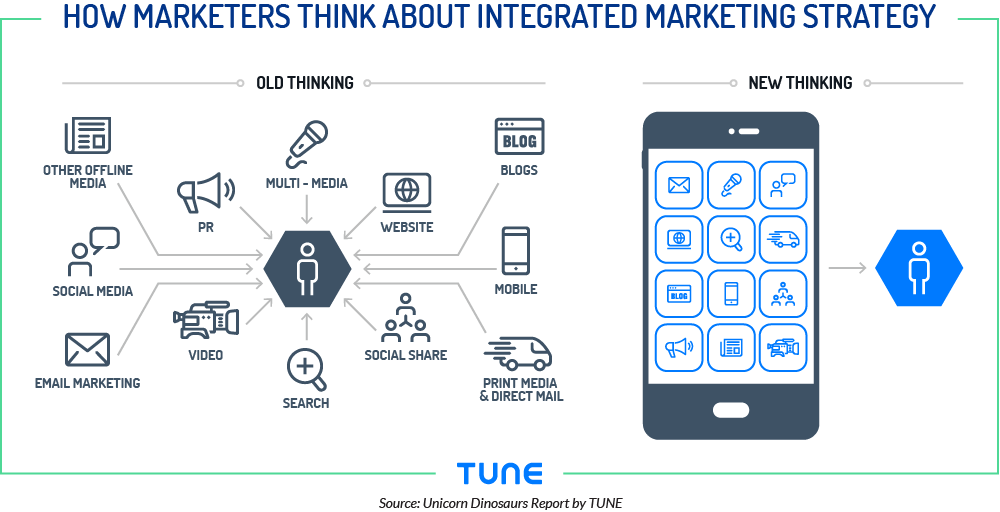
It is possible to monitor your followers' activities on social media. There are many different social media metrics. The first type is Activity, followed closely by Connections, Engagement, as well as Cost-per mile. The third type is Cost per-thousand impressions. The most important thing to remember is that this type of metric can be used with any social media network. To ensure that the metrics work correctly, however, you will need to make minor adjustments. It is important to remember that social media metrics should be used to support your overall marketing goals.
Activity is the first measurement metric.
As a social media marketer, you may be wondering how to keep track of all of your activities. There are many metrics you could measure in social media. Many of these metrics are critical to your business. Social media metrics can be found in a native channel analytics program or an all-in-one program like Sprout. Key performance indicators are used to monitor your overall marketing performance.

Connections are the second metric to measure
Reach is a simple way for you to measure engagement on social networks. Reach is the total number who saw a piece. But the true measure of social media engagement is the number of comments and replies, which you can easily track using Google Analytics. Reach is a measure of how many people have viewed and discussed your content, but it does not include the number clicks on your posts.
Engagement is the third metric to measure
It is possible to measure the effectiveness of your social media efforts using a number of metrics. These include brand awareness (engagement), and conversions. It is important to remember that not all metrics are the same. An example of this is the engagement rate. It does not mean that a post engages. Perhaps the caption is not performing well, or the call to action is unclear. All three can be combined to give you a clear picture about what is working well and what isn't.
Cost-per mile is a cost per thousand impressions metric.
This metric allows you to see how much you are spending per thousand impressions. Impressions are the number and duration of ads being seen by users. It is commonly used for Facebook, LinkedIn, and Google ads. Each impression is equivalent in clicks to one. These tips will help you reduce your ad spend. These metrics can help you make the most of your ad campaign.

Share of voice is the fourth metric to measure
Share of Voice is an important metric when you want to measure social media success. Share of Voice is an indicator of brand presence in social media and conversations. Similar to marketshare, it focuses only on brand presence within social conversations. People are more likely to mention your brand and engage with it if they have more. The share of voice is a sign that your brand is often mentioned and has an influence in the conversation.
FAQ
Is content marketing easy to measure?
Yes! Yes! This helps you to determine if your efforts were successful or if you need to make adjustments.
It's possible to track how many visitors came through different sources--including email, social, and paid ads, as well as track conversions such sales leads and purchase orders.
These metrics tell you which parts of your content are performing well and where you have the greatest potential.
Do I need to hire a writer for my Content Marketing?
No! To produce content for your business, you don't necessarily need to hire a professional author. There are tons of free resources out there that can help you get started.
How long should I expect my content marketing campaign to last?
This can vary depending on the industry or type of product or services offered.
You might spend one to three months designing a new pair of shoes if you are selling shoes. This could be an example: You launch a new product in August. Then, you continue to improve it throughout the year.
If you're selling clothes, you might create one look for fall and one for spring. Keep your audience interested in new products and keep them coming back for more.
Your goals will dictate how long your content marketing strategy lasts. Small-scale businesses may only require one channel. For larger companies, you may need to consider multiple channels to reach a broad target audience.
Why do I need to have a Content Marketing Strategy. Why not send out emails or share social media updates?
Two reasons to ignore Content Marketing Strategy are:
-
You may believe that email marketing or social media posts will be enough to get people talking and sharing your brand's story.
-
It's possible to assume that sharing this content via social media and email marketing is not practical.
Both of these assumptions is incorrect.
Email marketing and social media posts are great ways to connect with prospects and customers. They aren't sufficient by themselves.
Email campaigns alone will not help you reach your goals. You need to integrate it with a larger strategy. It won't be enough to just post on social media. They should be part a bigger plan.
This is where the Content Marketing Strategy comes into play. You can control your entire content creation process by having a clear strategy.
As a result, you'll be able to spend more time focusing on other essential aspects of running your business, like growing your audience and increasing conversion rates.
Although there are many benefits to a Content Marketing Strategy it does not mean that it is easy.
A strategy can make all the difference.
How effective is content marketing?
Yes! Hubspot says that Content Marketing is now one of the most effective digital marketing channels to generate leads.
How can you make a content marketing strategy that works?
To create an effective content marketing plan, first, determine what kind of content you want to produce. Next, determine who your target audience is and how they use internet. Next, choose the best channels to reach your target audience. Finally, you will need to choose the right keywords for each channel. Then write compelling copy.
Statistics
- According to research compiled by Coschedule: Companies that publish 16+ blog posts a month get as much as 3.5x as much traffic as those that publish 0-4 posts a month. (criteo.com)
- According to our research, 65% of companies with very successful content marketing in 2021 ran content audits at least twice a year. (semrush.com)
- We found that 40% of businesses don't have a documented strategy yet. (semrush.com)
- Seventy-two percent business to business (B2B) (mailchimp.com)
- An example of an overarching goal could be: "In 2022, we want to achieve a 20% increase in revenue created by organic content and generate 15,000 MQLs with a budget of $30,000." (semrush.com)
- Companies that use content marketing see approximately 30% higher growth rates than businesses not using it. (mailchimp.com)
- In fact, would pay more for a better customer experience, and 86% of B2B buyers would pay more. (neilpatel.com)
- Forty-seven percent of buyers view 3 to 5 pieces of content before engaging with a sales representative. (mailchimp.com)
External Links
How To
Why Make A Content Marketing Strategy? Why Not Now?
When you first start out with content marketing, you may feel overwhelmed by all the tasks involved. It's not necessary to tackle all the tasks at once. Start small.
It is best to start small. Do not try to do too much at once. You will end up wasting time and not making any progress. Focus on one thing at the time until you master it.
Start small. Don't be too concerned about perfecting every aspect in your content marketing strategy today. Concentrate on one aspect of content marketing at the time. You will find that you become more comfortable with your content marketing efforts.
Learn from past successes. Build on previous successes. Reach out to influencers in your industry and ask if they'd be willing to promote your content. Or, create an event and invite bloggers to attend.
You don't have to be an expert in creating content. Start small. You might write a blog, host a webinar or just hold a Q&A session. Whatever you choose, make sure you can measure its effectiveness.